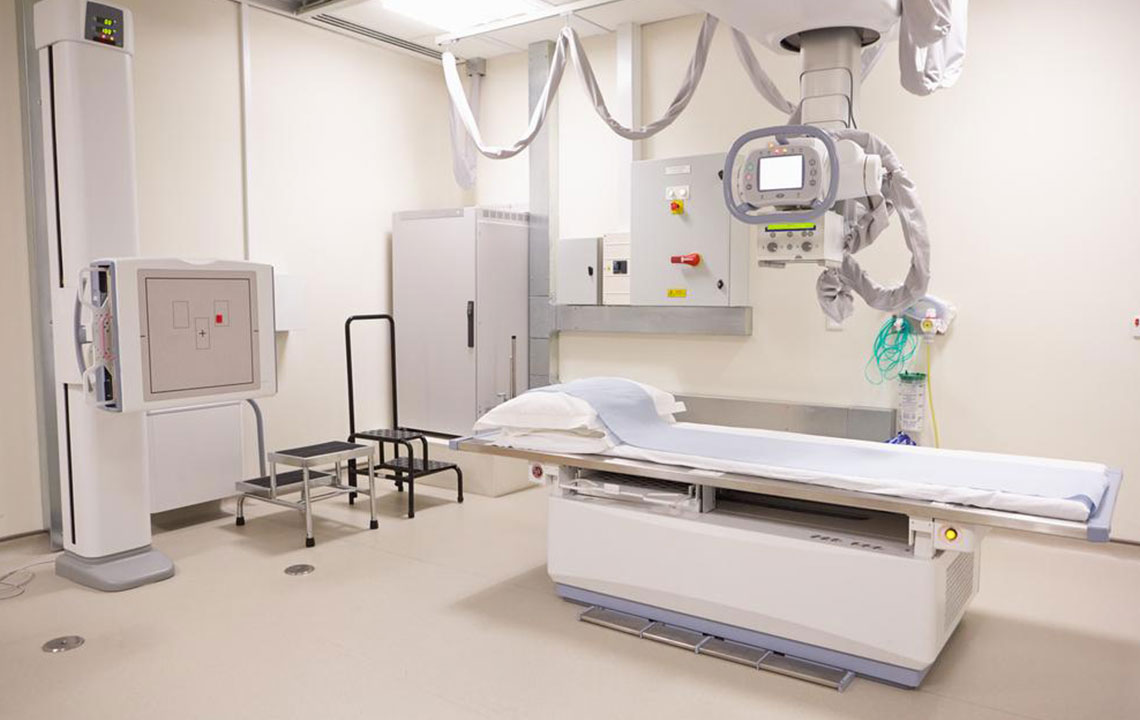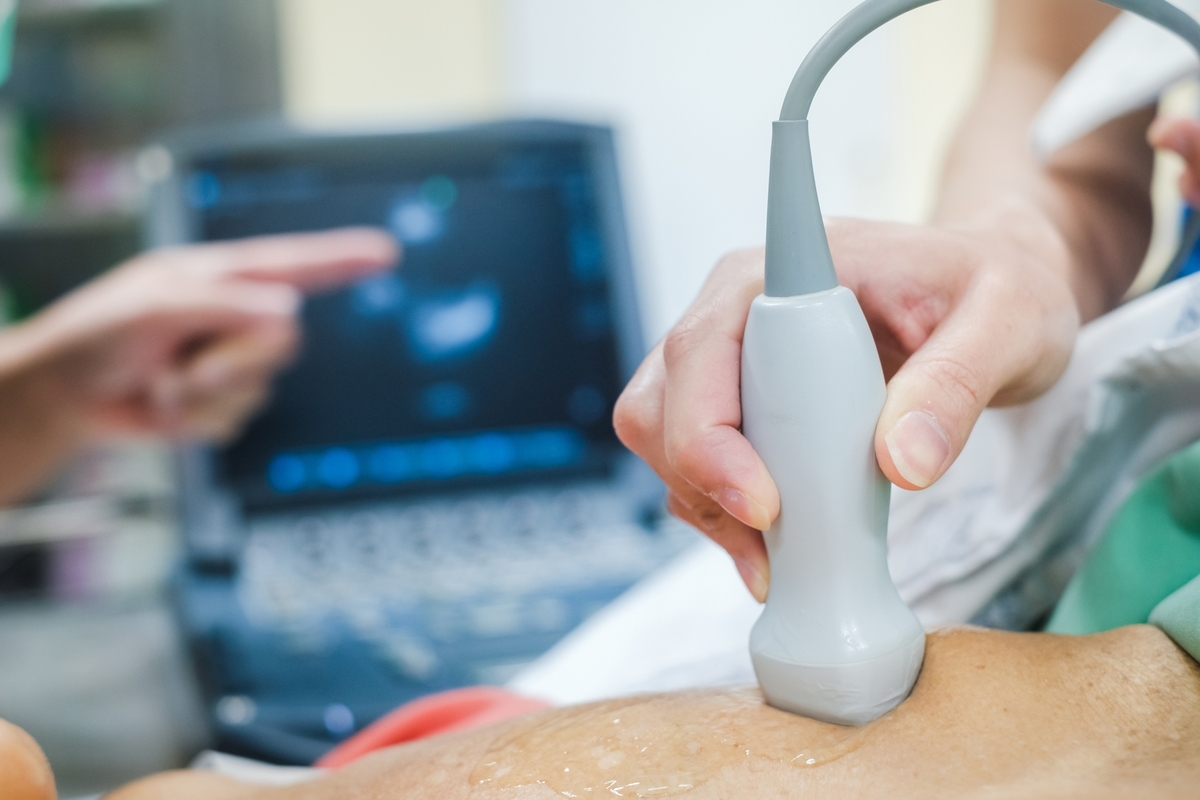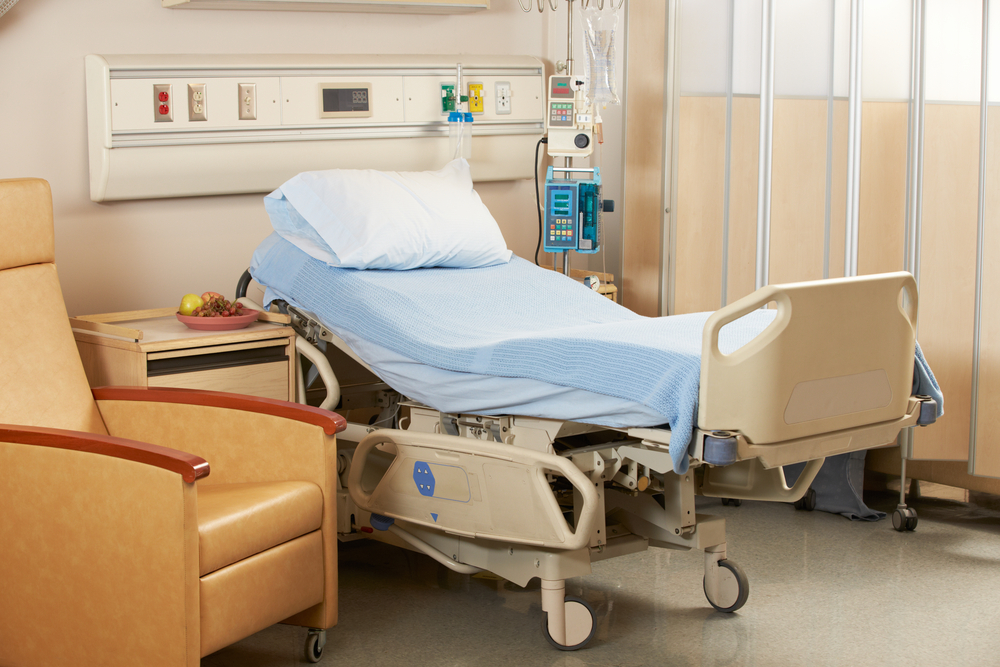Comprehensive Strategies to Elevate Hospital Safety and Patient Care
Effective hospital safety requires a combination of rigorous hygiene protocols, advanced medical technology, and a highly skilled healthcare team. This comprehensive approach ensures better patient outcomes, faster recoveries, and increased trust in healthcare facilities. By prioritizing infection control, embracing innovation, and nurturing professional expertise, hospitals can create safer, more efficient environments for all. Upgrading safety measures and technology, along with professional development, are crucial steps towards achieving excellence in healthcare delivery and establishing hospitals as trusted centers of healing.

Comprehensive Strategies to Elevate Hospital Safety and Patient Care
In the realm of health and wellness, hospitals serve as critical centers where lives are saved, recoveries are facilitated, and hopes are restored. Ensuring a safe, hygienic, and technologically advanced environment is fundamental to delivering high-quality healthcare. Hospital safety encompasses multiple facets, from preventing infections to embracing innovative medical technologies and fostering a highly skilled professional network. This article explores in-depth strategies that healthcare facilities worldwide are adopting to enhance safety standards, improve patient outcomes, and foster trust among the communities they serve.
Eliminating Healthcare-Associated Infections Through Rigorous Hygiene Protocols - Hospital-acquired infections (HAIs) pose significant risks to patient safety and can complicate recovery or lead to fatalities. Therefore, strict adherence to hygiene protocols is imperative. Hospitals must implement comprehensive sterilization procedures for all medical instruments and equipment, ensuring they are free from pathogens before use. Regular staff training on infection control measures, including proper hand hygiene, use of disposable masks, gloves, gowns, and coats, is crucial. It is also essential to maintain the cleanliness of linens, food services, water supplies, and medications to prevent cross-contamination. Since bacteria and other germs can survive on surfaces for up to 72 hours, routine disinfection of hospital environments must be prioritized. Incorporating technological innovations such as UV sterilization and antimicrobial surface coatings can further reduce microbial presence, creating safer spaces for patients and staff alike.
Leveraging Cutting-Edge Medical Technologies for Superior Diagnostics and Treatment - The rapid evolution of medical devices and diagnostic tools has revolutionized patient care. Hospitals investing in state-of-the-art imaging systems, robotic surgical apparatus, and advanced monitoring equipment significantly improve diagnostic accuracy and treatment precision. Modern medical technology facilitates early detection of conditions, allows minimally invasive procedures, and enhances post-operative monitoring, leading to faster recoveries and better outcomes. Continuous upgrades to medical equipment are vital to ensure that healthcare providers stay at the forefront of innovation. For hospitals, integrating electronic health records (EHRs), artificial intelligence, and telemedicine platforms can streamline workflows, enhance decision-making, and provide round-the-clock access to specialist consultation. Maintaining technological relevance reassures patients that they are receiving the most effective and safest treatments available.
Building a Robust Network of Skilled Healthcare Professionals - The backbone of any successful hospital is its team of highly trained and compassionate healthcare professionals. Surgeons, anesthetists, nurses, radiologists, pharmacists, and support staff collaborate seamlessly to deliver holistic patient care. Investing in ongoing education and specialized training ensures that staff stay updated on the latest medical breakthroughs, safety protocols, and patient management techniques. Fostering a culture of teamwork and open communication enables swift responses to emergencies and complex medical situations. Developing partnerships with leading medical institutions and specialists enhances the hospital’s capability to handle intricate cases. Such a dedicated and skilled workforce builds trust with patients, who feel confident in their care and recovery journey. Moreover, a well-coordinated network facilitates multidisciplinary approaches to treatment, optimizing patient outcomes and elevating hospital reputation as a center of excellence.
In conclusion, hospitals striving for excellence must adopt comprehensive safety strategies that encompass infection prevention, technological advancement, and professional excellence. By doing so, they not only protect patients and staff but also foster an environment of trust, innovation, and continuous improvement—paving the way for healthier communities and better healthcare experiences for all.





